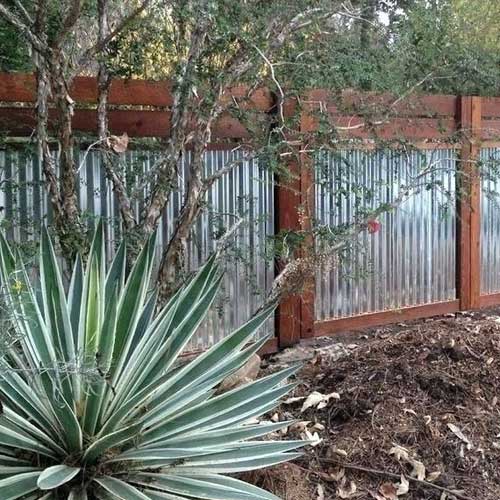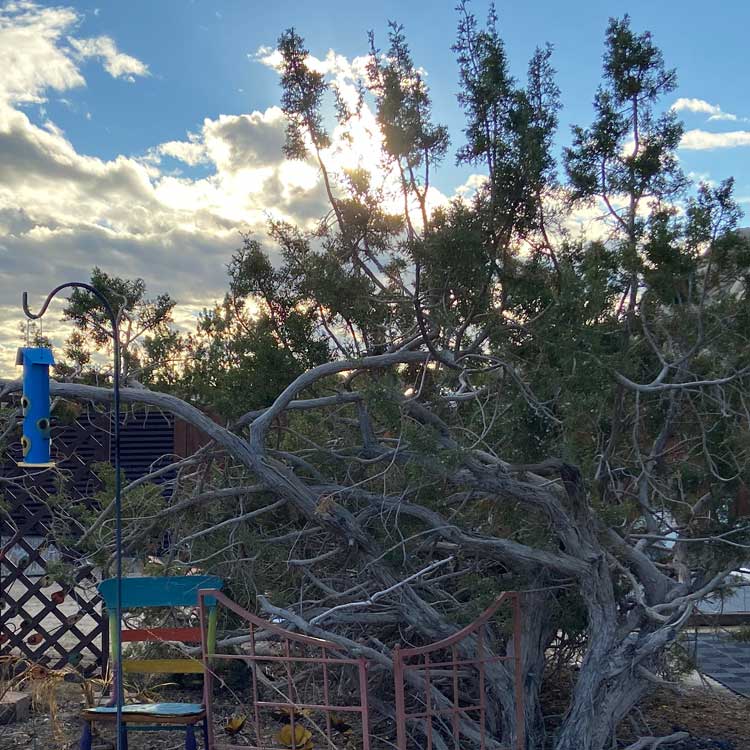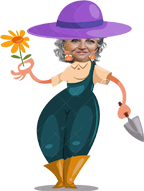Garden Design: First Steps
Google the term “garden design” and you will be overwhelmed with all of the helpful information that appears. There are many rules for garden design and many of them are considered rules for a good reason. In high desert gardening we have some major caveats that should be addressed before you get too deeply involved in design.
1. Site Selection
Where you plan to build your garden area is most likely an easy decision. Access from your home and privacy are the main factors to consider. Whether this area is in the back, front or side of your house will depend on the layout of your property. As I discuss below you will want to fence your garden area so anchor points for fencing in the form of outbuildings should also be considered in your site selection.
If applicable know where your septic system is! In the midst of clearing and planning my garden area the septic system never crossed my mind. It is embarrassing to admit but I put a spa almost directly on top of my tank. This was ultimately discovered when I had problems with the system and – oh my – what a mess!
2. Fencing
Whether it be large or small, your garden area must be enclosed. The most logical way to accomplish this is with fencing.
Fencing is not only necessary in a high desert garden, it gives definition to your area and creates a feeling of privacy and enclosure. Every secret garden is surrounded by a barrier that only the adventurous will breach to find the hidden wonder inside. Fencing will help you to create a sanctuary in your little corner of the world.
More information can be found in the post

3. What’s already there/Clearing
Once you have determined the area that is going to be enclosed look at what is there. You may have trees or shrubs that you want to keep. You may have outbuildings that anchor corners of your fence. These elements will then be foundations of your garden plan. The rest will be cleared.
Trees and bushes that you should consider leaving in place are juniper, mesquite, oleander and creosote. These are all desert natives and should become a part of your garden design. Note that it is illegal to remove or damage a Joshua tree in California. Not my favorite but if you live in California they must stay.
Examples: I have a very large area enclosed by fence that is anchored by three buildings on my property. Along with the existing buildings there are 3 large junipers, a pond and a flowering cherry tree. These were all “keepers” and everything else was cleared. These features became elements of the evolving design.

Clearing may be a chore that requires help or one that you choose to tackle yourself – or a combination. A man with a machine will clearly make the job easier and faster. If you only have scrub you can arm yourself with the proper tools and dig in.
If you are planning to install an automatic irrigation system and plan to bring in help with clearing you should consider that layout and have the work done at the same time.
If you are either doing the clearing yourself or do not plan on installing an irrigation system do not be too concerned with deep digging for your garden beds. You will want to bring in new soil for those. More on soil can be found here: Soil
A rule of working in the desert that you will soon come to rely on is that a slow deep watering will help loosen what seems like concrete. Let the water seep down, dig out the mud and rock and soak again.

4. Seating area
Naturally if you are creating a beautiful space you need a seating area from which to enjoy it. Patios and/or decks should be the next part of the plan. Often this is outside of your door leading to the garden. In the high desert climate we are able to enjoy outdoor living for about nine months of the year. Having your indoor transition to your outdoor is a key design element.
Another objective of creating a comfortable space is creating shade from the harsh desert sun. Over your patio or deck is the perfect place to start by adding a pergola, arbor or at the least installing a sun sail.
The ugly truth about decks in the high desert
It is a fact of life that there are rats in the desert. Kangaroo rats, hopping mice and worst of all – pack rats! Provide food and shelter and they will come. They will nibble your plants, steal your gazanias and build their homes in the dark warmth under your deck.
One of my recent projects was to build a boardwalk along the side of my studio. I had some old pallets and needed to cover a bad concrete walkway. Yes – let’s upcycle! Before long garden gloves, seed packets and flower tops seemed to disappear. They were all underneath my boardwalk being used as materials for rat’s nests.

Once your site is cleared and fenced and the underground portions of your irrigation are in place it is time to move on to the more esoteric principles of garden design. You can find them here:

0 Comments